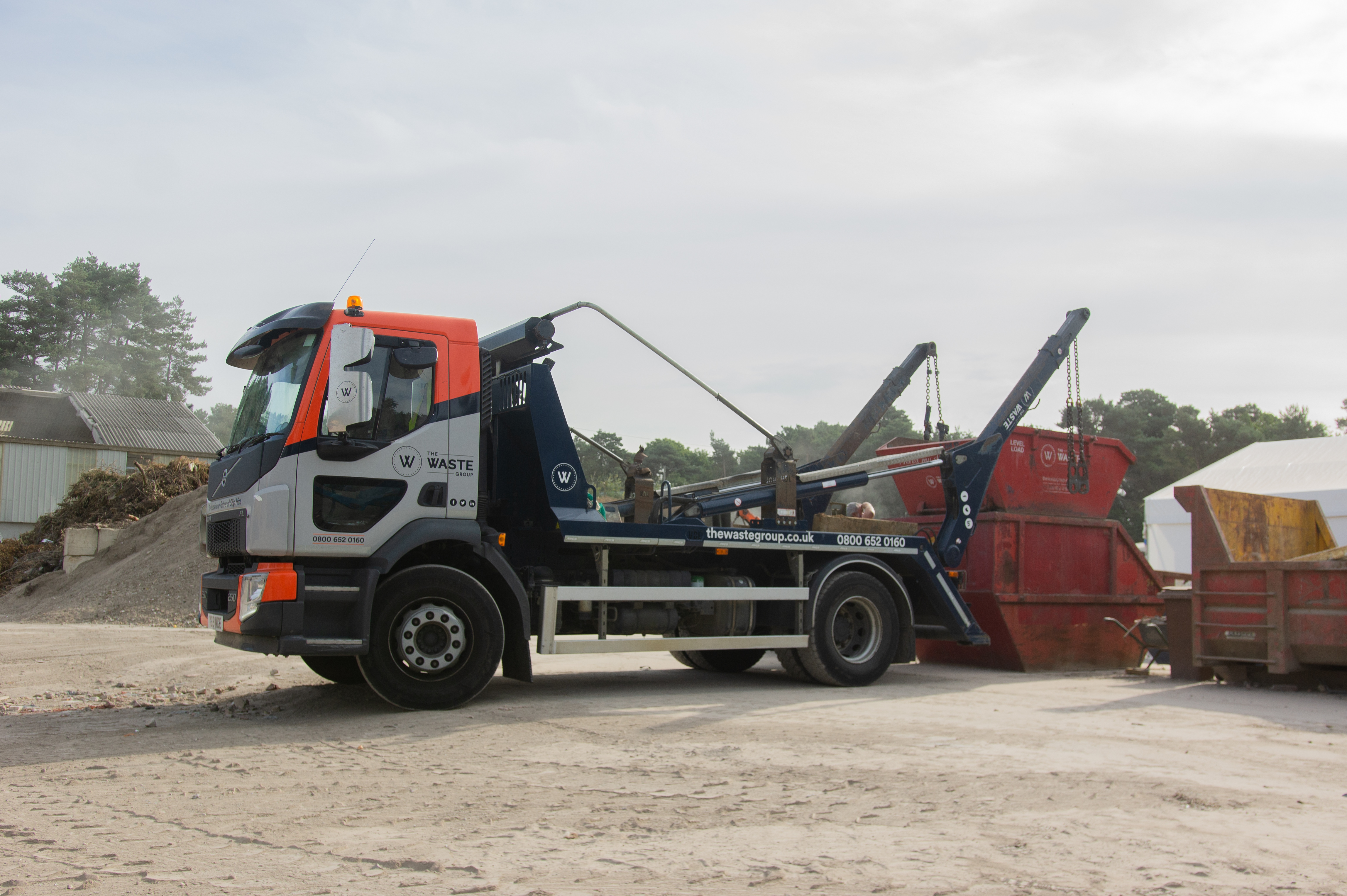How High Can I Fill My Skip?

How High Can I Fill My Skip?
Hiring a skip is one of the easiest and most efficient ways to manage waste from a renovation, construction, or garden project. However, knowing how to fill it correctly is essential for both safety and compliance. Overfilled skips can lead to fines, collection refusals, and even serious hazards during transport. In this guide, we’ll explain exactly how high you can fill your skip, how to make the most of your space, and what to avoid when loading your waste.
Overloading Skips Explained
An overloaded skip can be more than just an inconvenience — it’s a safety risk. Skips that exceed their maximum fill level may not be legally transportable. The top edge of a skip usually features a “fill line” marker, and filling waste beyond this level is prohibited. Overloaded skips can result in fines and cause your waste carrier to refuse collection.
Waste transfer stations and recycling facilities have strict rules for a reason. Machinery used to lift skips has weight restrictions. If a skip is filled too high or too heavily, it could damage equipment or injure staff. Overfilled skips also increase the chance of waste falling out during transit, endangering road users and workers.
In short: never fill above the top edge of your skip. If in doubt, contact The Waste Group before collection — our team can help you arrange a larger skip if needed.
Skip Height Restrictions
Skips are designed with safety limits in mind. A skip filled too high or with materials sticking out can become unstable when lifted or transported. Keeping your waste below the rim ensures it can be covered securely with a net during transport, helping it remain stable and compliant with road safety laws. Overfilling also prevents proper tipping and can lead to rejected loads at recycling centres.
How to Maximise Your Skip Space
Want to make the most of your skip without overfilling it? Follow these simple loading tips to stay safe, efficient, and compliant:
1. Break Down Large or Bulky Items
Always dismantle furniture, doors, or large objects before placing them in the skip. This helps compact your load and creates space for more waste.
2. Layer Your Waste
Start with flat or heavy materials at the bottom (like wood panels or rubble) and build up with lighter waste. This keeps the load balanced and maximises available space.
3. Fill Gaps with Smaller Waste
Use small debris or loose material to fill gaps between bulkier items. Efficient layering prevents air pockets and helps you stay within your skip’s volume limit.
4. Distribute Weight Evenly
Distribute weight across the skip evenly to prevent tipping or spillage. Garden waste such as soil or turf can be heavier than expected, so pack carefully to stay within safe weight limits.
5. Prepare Your Waste
Sort your waste into categories before loading. This not only saves space but ensures you’re disposing of materials responsibly:
- Recyclable: Paper, cardboard, and plastics should go to a licensed recycling facility.
- Hazardous: Items like paint, solvents, oils, or electrical goods require special disposal.
- Bulky: Break down larger items for efficient packing.
- General: Domestic waste and non-hazardous materials can go straight into the skip.
Always pack with care — heavy or unstable items can shift as you fill, posing a safety risk.
What Not to Put in a Skip
Certain materials are prohibited in general waste skips due to health and environmental hazards. Never place the following in your skip:
- Hazardous chemical waste
- Electrical items (WEEE waste)
- Asbestos
- Medical waste
- Tyres
- Glass bottles
- Flammable or explosive materials
- Refrigerators or air conditioners
- Liquid waste (paints, oils, solvents)
For more details, read our guide on items you should never put in a skip and our post on what can and can’t go in a skip.
Choosing the Right Skip Size
The best way to avoid overfilling your skip is to choose the correct size from the start. Skips come in a range of capacities, from 4-yard domestic skips to large 12-yard skips for renovation projects, and even roll-on roll-off (Ro-Ro) containers for commercial or industrial sites.
If you’re unsure what size you need, check our guide on what size skip is right for your project or request a quote from our team of experts.
Environmentally Responsible Skip Hire
At The Waste Group, we take sustainability seriously. We recycle as much waste as possible, diverting it away from landfill to support a cleaner environment. Whether you’re hiring a skip for domestic use or a construction project, our team ensures your waste is handled safely and responsibly.
In Summary
When filling your skip, always keep waste below the rim, distribute weight evenly, and avoid restricted materials. Doing so ensures compliance with local laws, helps prevent safety hazards, and makes waste disposal smoother for everyone involved.
Need help choosing the right skip size or want advice on overfill limits? Contact The Waste Group today or call 0800 652 0160 for expert guidance and next-day delivery options across Dorset and beyond.
Frequently Asked Questions About Filling a Skip
How high can I fill my skip?
You should never fill a skip higher than its top edge or “fill line.” Overfilled skips cannot be safely transported and may result in fines or collection refusal.
What happens if I overfill my skip?
If your skip is overloaded, your waste carrier may refuse to collect it. You could also face penalties for breaching transport safety regulations.
Can I flatten waste to fit more in my skip?
Yes, breaking or compacting waste is encouraged — but do not overload above the rim. Dismantle large items and layer your waste efficiently.
Can I put hazardous waste in a skip?
No. Items like asbestos, paint, chemicals, or electricals require specialist disposal. Visit our guide on what not to put in a skip for more information.
How do I choose the right skip size?
Estimate your waste volume and consult our skip size guide to select the best option. When in doubt, opt for a slightly larger skip to avoid overfilling.



